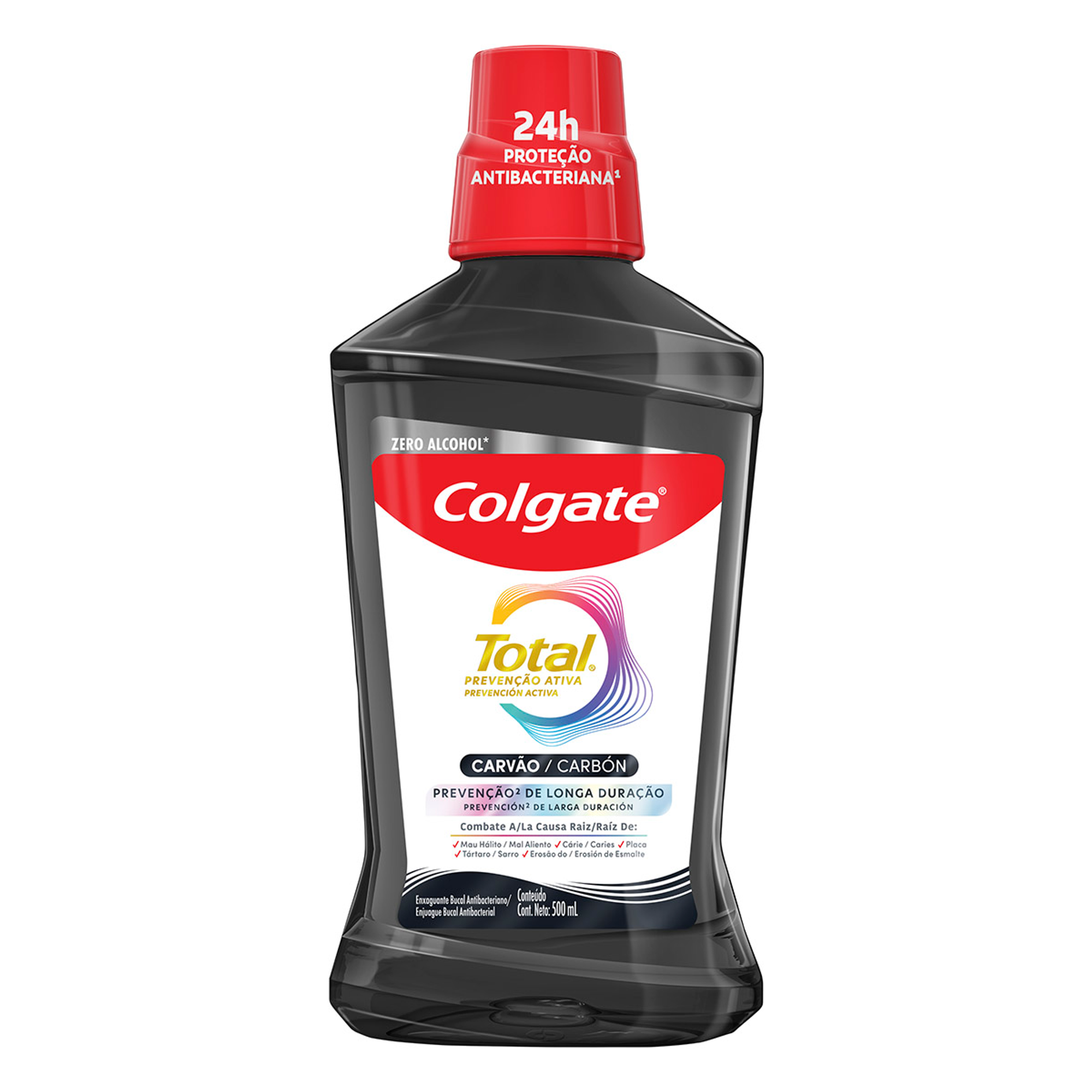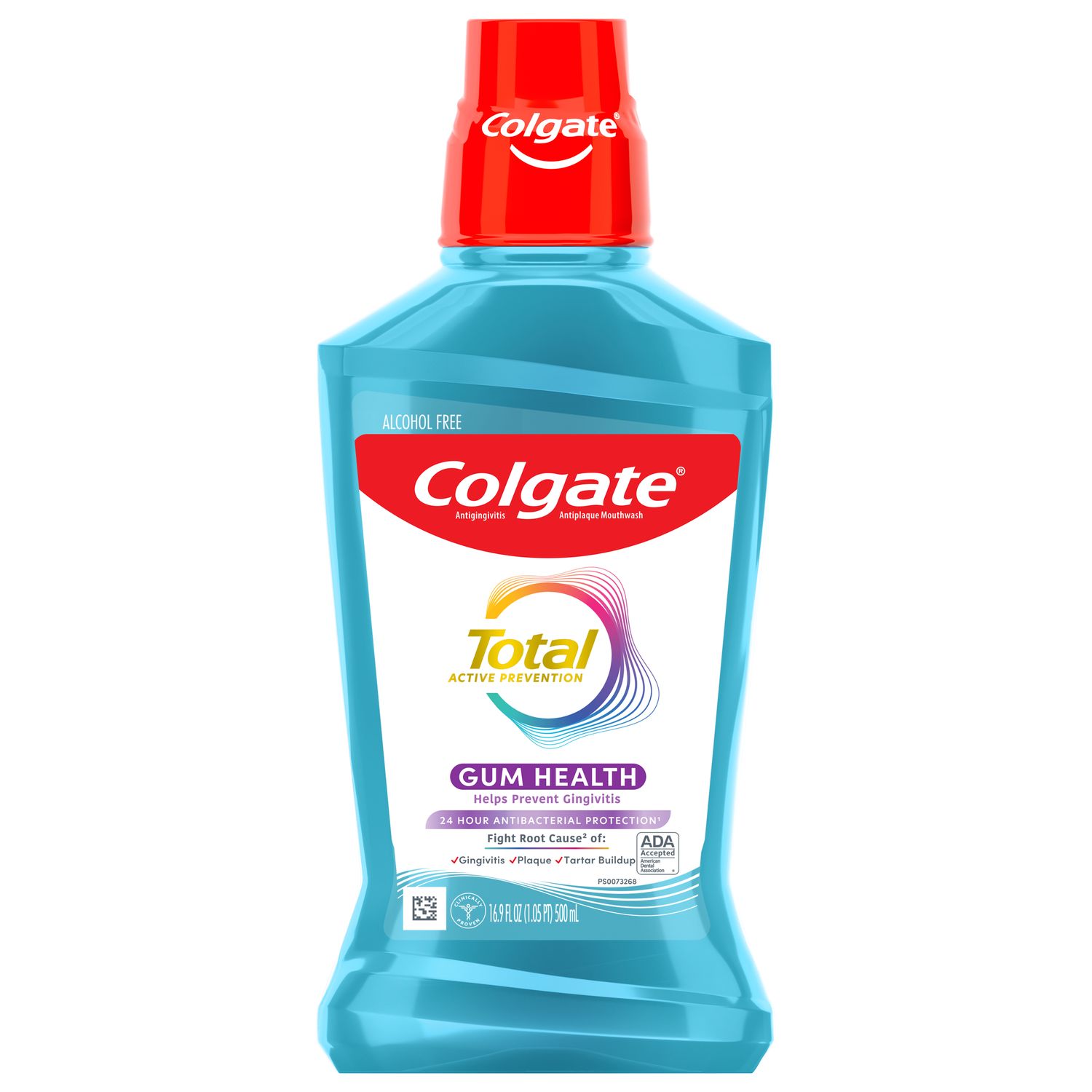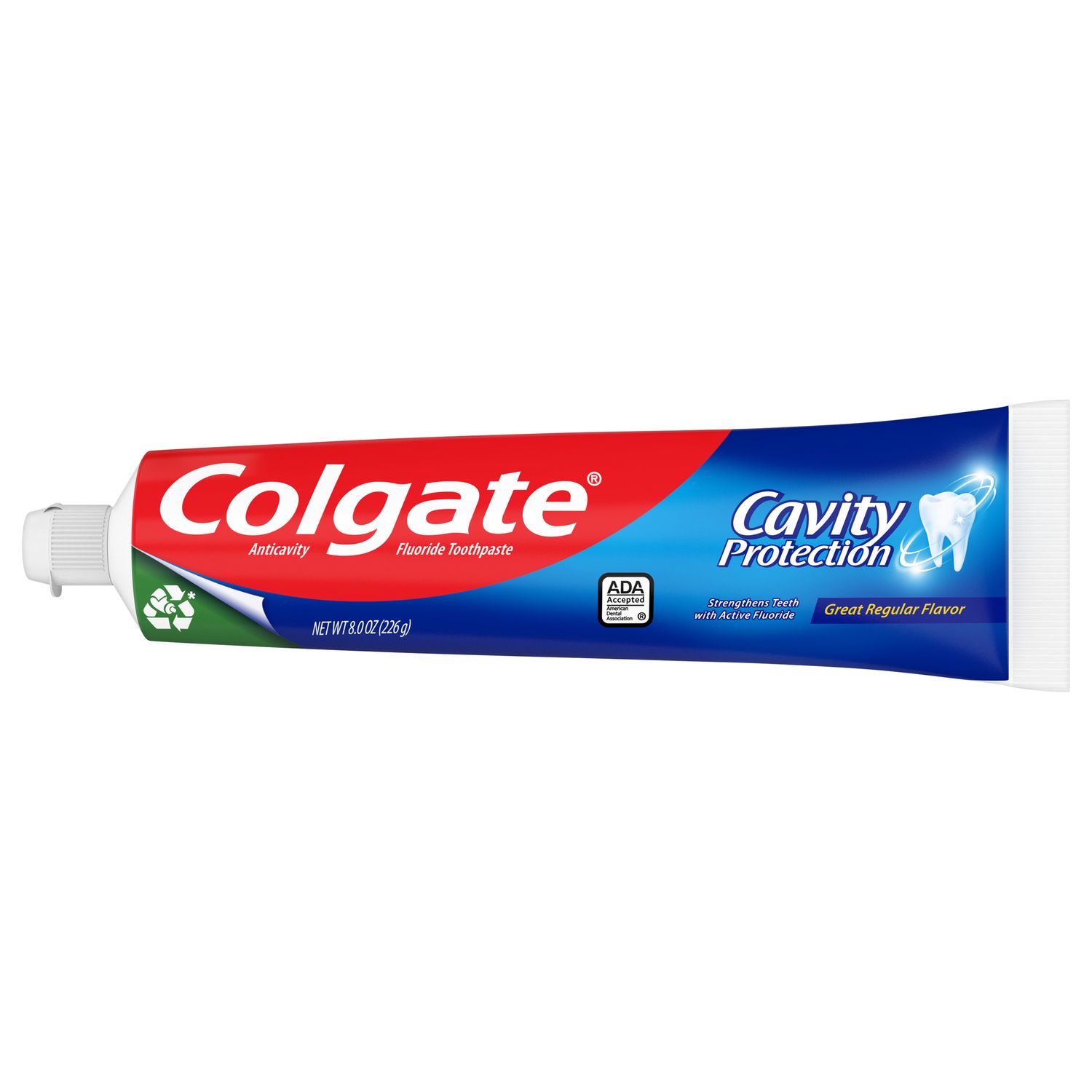Why Is the Caries Risk Assessment Tool Important?
According to the World Health Organization (WHO), caries levels (or tooth decay levels) are exceptionally high in the United States and the rest of the Americas due to the level of sugars and fermentable carbohydrates consumed.
That's why the most impactful thing you can do to prevent cavities starts at home. According to the American Dental Association, by watching what you eat and practicing good oral hygiene, you can significantly reduce cavity-causing bacteria from flourishing in your mouth. By working closely with your dental professional, they can utilize the caries risk assessment to monitor your risk factors. Then they can make recommendations and come up with a plan to help you prevent tooth decay before it starts (as opposed to reactively treating cavities with fillings, root canals, or even extractions once it's too late.)
Learn more about cavity prevention.
How Does the Caries Risk Assessment and Management Work?
Your dental hygienist is the most likely person to assess your caries risk factors, as the main focus of their job is prevention. Using the caries risk assessment form, they will evaluate the bacteria in your mouth, diet, and the condition of your mouth and teeth. The form has three major categories:
Disease indicators: They will look for any visible cavities, restorations done within the last few years, any white spots, or demineralized enamel you may have.
Risk Factors: Your dental professional will note your systemic bacterial count, irregularities in your salivary flow, any exposed roots you may have, whether or not you wear braces, have deep grooves in your teeth, and if you have behavioral habits that could adversely affect your teeth (frequent snacking, smoking, poor oral hygiene, etc.)
Protective factors: Proactive measures taken to protect your teeth will also be noted, such as the use of fluoride, xylitol, and other antibacterial components that help remineralize the teeth.
Your dental professional will use various tools and methods to assess these factors. They may use dental X-rays, a laser tool that measures fluorescence in your teeth, test the levels of acid-producing bacteria in your mouth, and ask you questions about your nutritional habits and your saliva flow.
By using the caries risk assessment, your dental professional will be able to make appropriate recommendations for care based on your risk of tooth decay. If necessary, they may suggest a disease management protocol to prevent early or incipient (newly developing) lesions from progressing.
Remember that the essential preventive measures start with you. Practicing good oral hygiene, watching what you eat, and getting regular checkups are key to having healthy teeth and gums. And suppose you follow the recommendations your dental professional gives you after doing the caries risk assessment. In that case, chances are you'll have a set of healthy, pearly white teeth well into your golden years. Now, that's something to smile about.
FAQ
How can a caries risk assessment help prevent cavities?
Having a caries risk assessment can make you aware of what may be putting you at increased risk for developing cavities. Having this information allows you to make changes that can improve your oral health. This may include a shift in diet, habits and certain medications that increase risk factors for cavities. By evaluating your risk factors, as well as the condition of your teeth your dental professional can provide you with a plan of action tailored to your specific oral care needs.
What factors increase cavity risk and how is that determined?
Your lifestyle including eating and oral care habits, and assessment of any medical conditions or medications that can increase cavity risk are reviewed. Certain medications and treatments cause dry mouth, which leads to plaque buildup. Saliva contributes to the remineralization of teeth and the health of your mouth overall. That’s why salivary flow is also measured when accessing cavity risk. A systemic bacterial count may also be taken to help determine if you are more prone to getting cavities.
Is a caries risk assessment suitable for everyone, and how often should it be performed for effective prevention?
A caries risk assessment is a non-invasive way of assessing your risk factors for cavities and is likely suitable for everyone, depending on the types of tests administered. X-rays or fluorescence may not be suitable for pregnant women for instance. Check with your dental professional. A caries risk assessment can be carried out every time you see your dental hygienist or go for a checkup and cleaning. If you have a caries risk assessment done and it’s determined you are at a high risk for tooth decay, then your dental professional may recommend reevaluating more frequently to see if your plan of care is helping.
This article is intended to promote understanding of and knowledge about general oral health topics. It is not intended to be a substitute for professional advice, diagnosis or treatment. Always seek the advice of your dentist or other qualified healthcare provider with any questions you may have regarding a medical condition or treatment.
ORAL HEALTH QUIZ
What's behind your smile?
Take our Oral Health assessment to get the most from your oral care routine
ORAL HEALTH QUIZ
What's behind your smile?
Take our Oral Health assessment to get the most from your oral care routine















